
The United States has achieved a significant milestone in road safety with traffic fatalities dropping by 8% in 2025, marking the sharpest decline in 15 years according to the National Highway Traffic Safety Administration (NHTSA) [1]. This positive development comes alongside increased scrutiny of vehicle safety, with several major manufacturers issuing recalls to address potential safety concerns.

Rivian has launched a significant software update that enhances its vehicles' advanced driver assistance capabilities, marking a notable advancement in connected vehicle technology. The update, version 2025.34, brings substantial improvements to the Highway Assist feature, demonstrating the growing importance of over-the-air software updates in modern vehicle development [1].
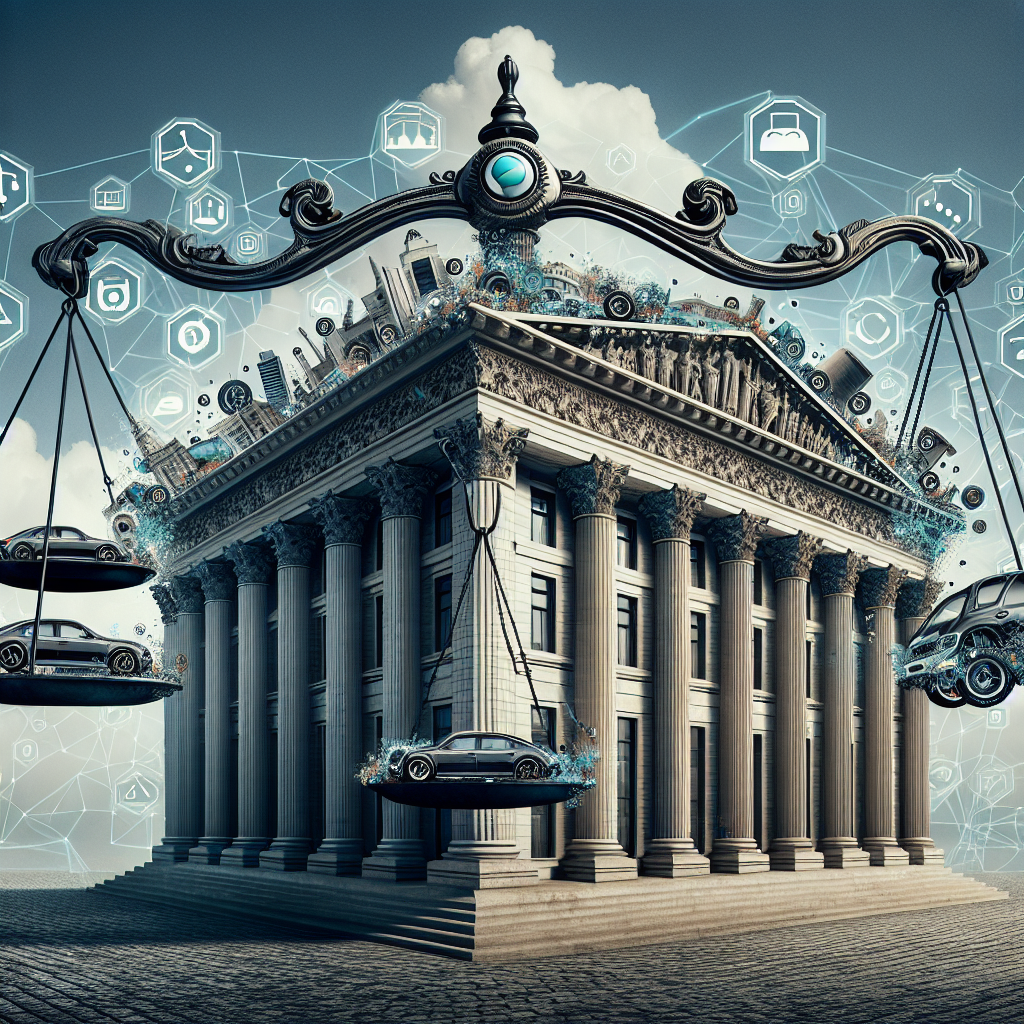
The automotive industry is experiencing significant regulatory changes across major markets, with both tightening emissions standards and evolving electric vehicle incentives reshaping the sector. From new federal emissions rules in the United States to Europe's reconsideration of its internal combustion engine ban, policymakers are adjusting their approaches to vehicle regulations while manufacturers scramble to adapt their strategies.
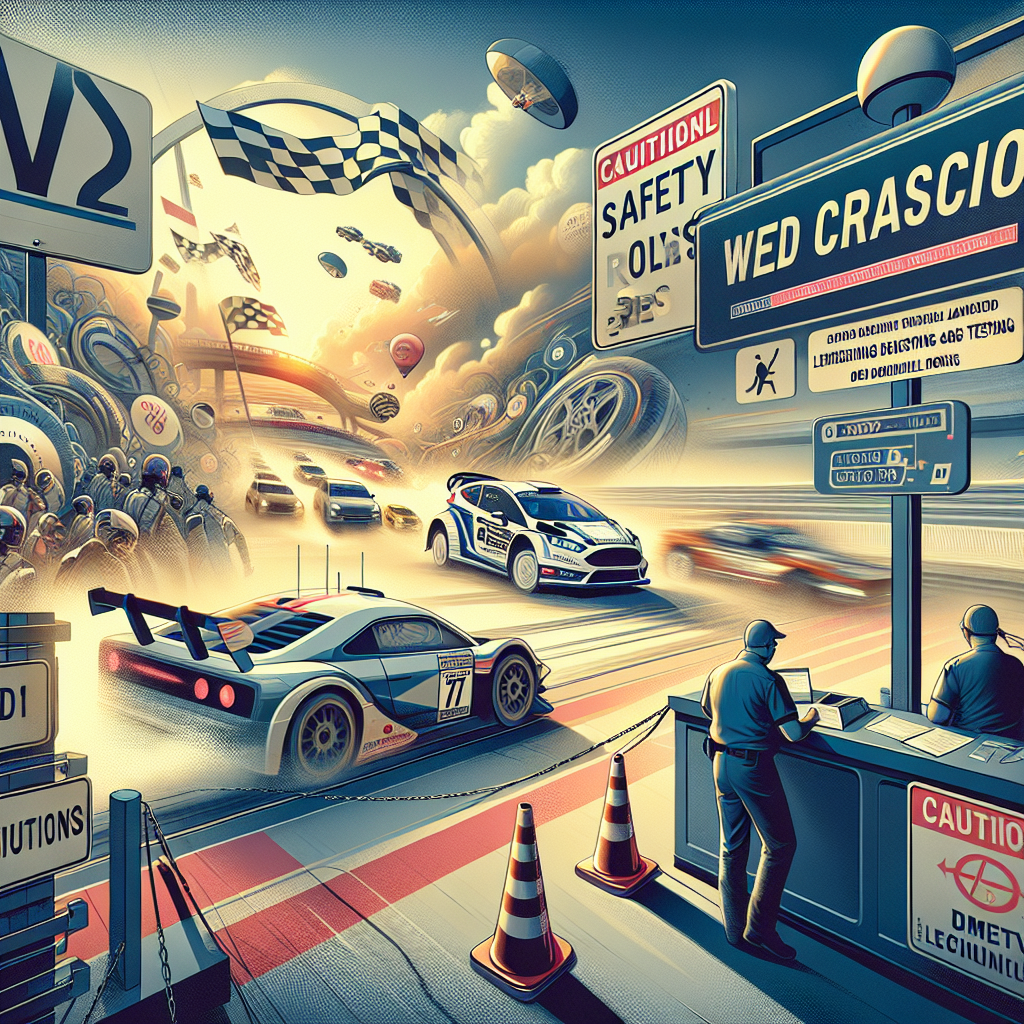
The World Rally Championship (WRC) is set to implement significant changes to protect driver and crew safety through mandated rest periods. This groundbreaking proposal aims to ensure competitors and personnel receive adequate recovery time between rally days, marking a notable shift in motorsport safety regulations.
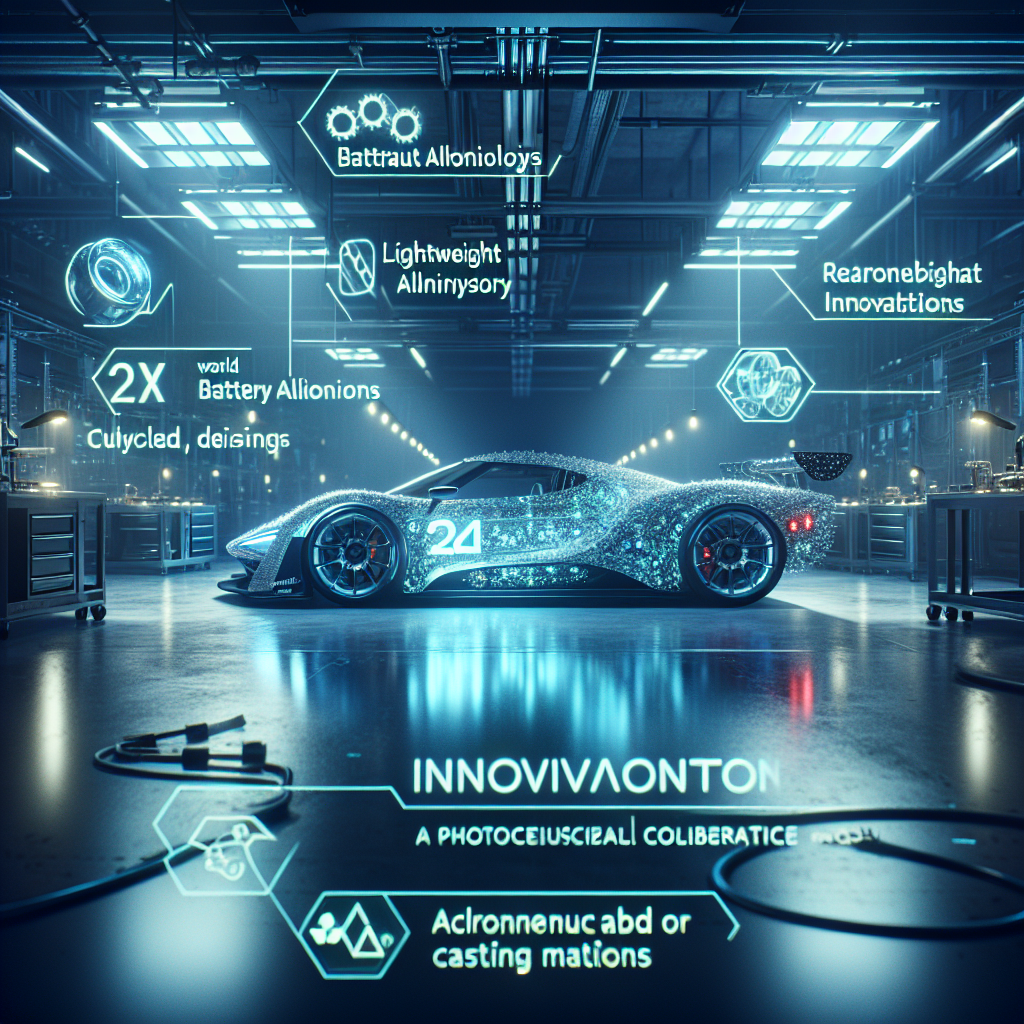
A groundbreaking collaboration between Gordon Murray Group (GMG) and Altair is set to transform automotive manufacturing through an innovative lightweight vehicle platform. The partnership, focused on the M-LightEn engineering initiative, aims to revolutionize vehicle design while significantly reducing carbon emissions and improving overall performance [1].
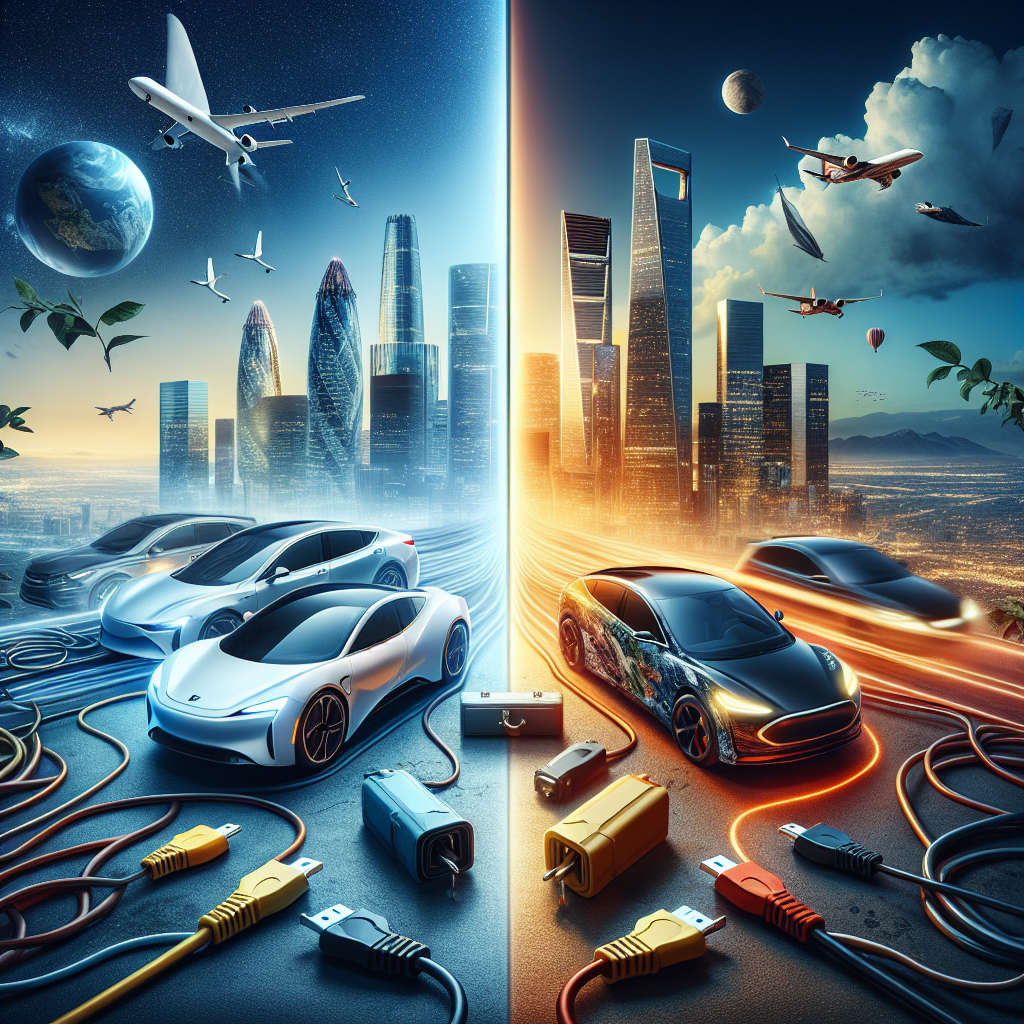
Global auto is in a transition slowdown, not a demand collapse. Across the reviews, EV growth is uneven, price competition is intense, and tariffs and changing incentives are reshaping where and what gets built. Hybrids are winning share as a profitable bridge, while many pure‑EV programs are being paced to economics. Balance‑sheet strength and localization are the key shock absorbers: incumbents with cash and flexible product mixes (hybrids/EV/ICE) can defend margins; capital‑hungry challengers face higher financing and execution risk. Software, ADAS and energy/storage remain important optionality, but legal and regulatory scrutiny is rising. Income remains a meaningful part of total return in Europe and Korea, while the U.S. features higher beta and greater dispersion. The investment climate favors disciplined operators with cash generation, tariff hedges and credible cost downs over volume chasers.
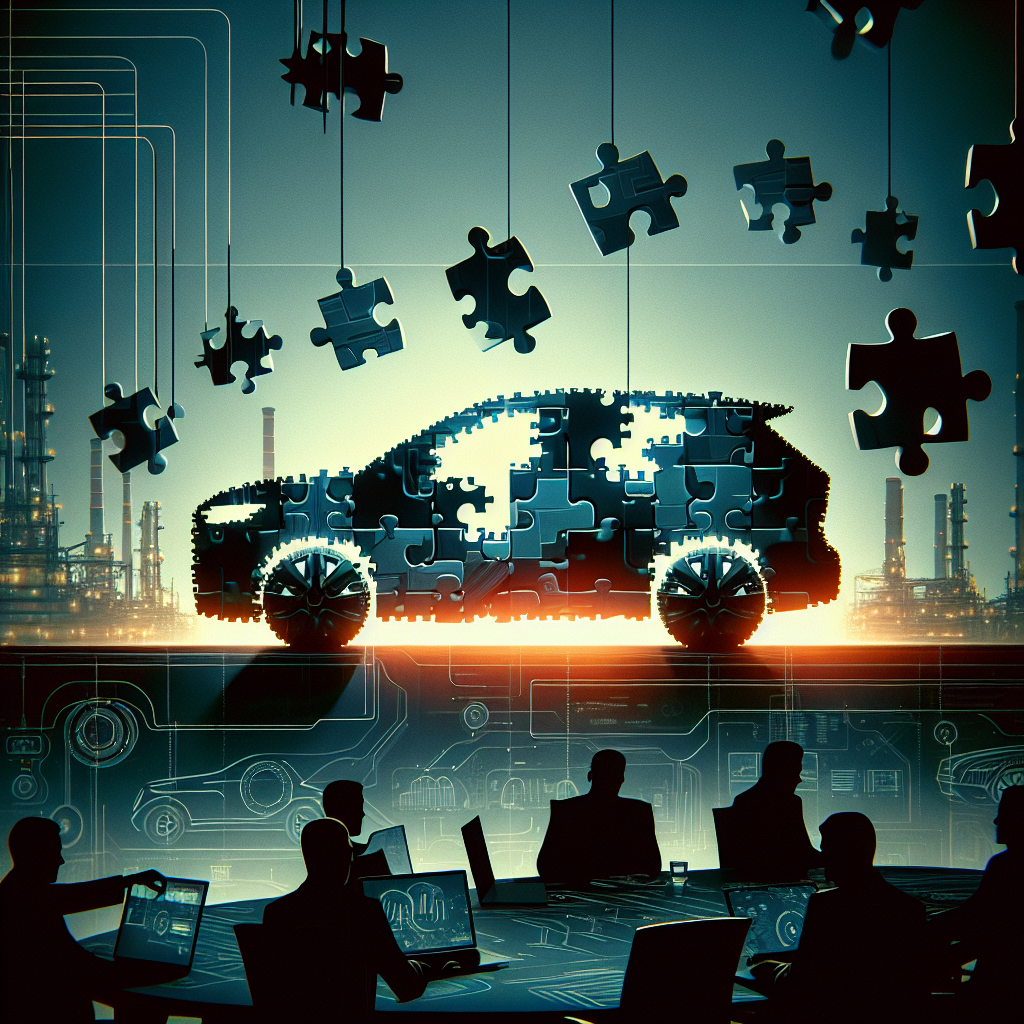
In a significant move that marks the end of a long-standing partnership in the electric vehicle sector, Warren Buffett's investment company has decided to completely divest its stake in Chinese automaker BYD, securing a remarkable $10 billion profit after a 17-year investment period [1].

The Formula 1 landscape continues to evolve with significant developments across multiple teams. Former Red Bull team principal Christian Horner has officially departed the organization following a settlement agreement, while Lewis Hamilton provides insights on his transition to Ferrari, and Racing Bulls' Isack Hadjar emerges as a potential future Red Bull driver.

Major shifts are occurring in automotive manufacturing as Volvo Cars announces significant expansion plans in the United States, while Jaguar Land Rover (JLR) grapples with extended production shutdowns due to a devastating cyberattack. These contrasting developments highlight the dynamic nature of global auto manufacturing and its vulnerabilities in the digital age.
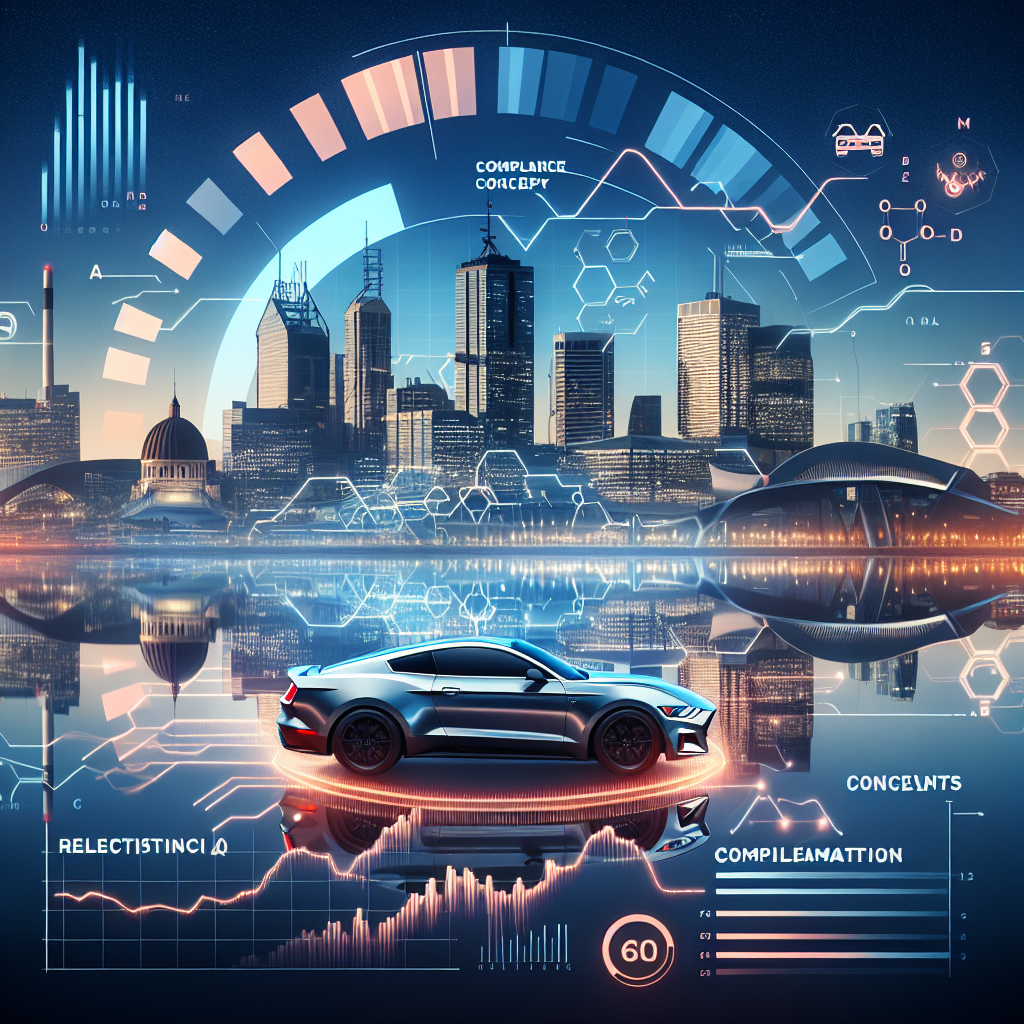
Australia's automotive industry faces a transformative period as new government regulations push manufacturers toward cleaner vehicles. The federal government's ambitious carbon reduction targets are reshaping the market, requiring significant adjustments from major automakers like Toyota and Ford, while setting aggressive goals for electric vehicle adoption in the coming years.